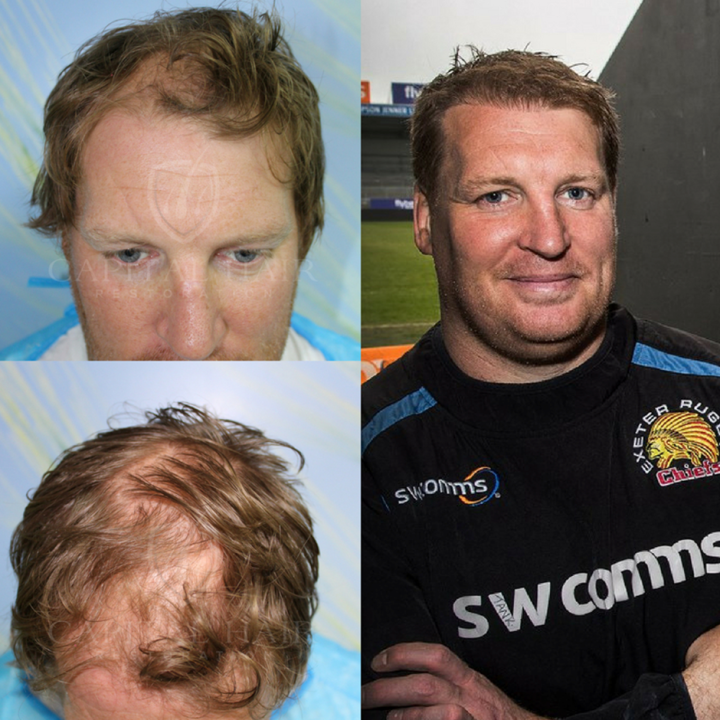
The cost of a hair transplant can vary based on several factors.
Understanding the factors that determine the cost of a hair transplant is crucial for those considering this procedure. The cost can vary significantly based on several key factors, which we will explore in this guide.

Types of Hair Transplants
Follicular Unit Extraction (FUE): This method involves extracting individual hair follicles from the donor area and hair transplant cost them to the recipient area.
Follicular Unit Transplantation (FUT): This technique involves removing a strip of scalp from the donor area and then dissecting it into individual follicular units for transplantation.
Factors Influencing Cost
Extent of Hair Loss: The degree of hair loss directly impacts the number of grafts needed and thus influences the overall cost. More extensive baldness may require more grafts and multiple sessions, leading to higher costs.
Technique Used: The choice between FUE and FUT affects the cost. FUE tends to be more expensive due to its labor-intensive nature and the specialized equipment required.
Surgeon’s Expertise: The experience and reputation of the surgeon play a significant role in cost determination. Highly skilled and well-known surgeons often charge higher fees reflecting their expertise and success rates.
Clinic Reputation and Location: The reputation and location of the clinic can also significantly impact costs. Clinics in urban areas or those with a strong reputation may charge premium prices.
Additional Services: Some clinics offer extra services such as Platelet-Rich Plasma (PRP) therapy or advanced post-operative care packages. While these services can add to the overall cost, they may offer added benefits for optimal results.
Cost Breakdown Example
Let’s look at a breakdown of costs for an FUE hair transplant procedure:
Surgeon’s Fee: This includes the surgeon’s professional fees for consultation, evaluation, and surgical procedures. Fees can vary based on the surgeon’s experience and reputation.
Clinic Facilities Fee: This covers the cost of using the clinic’s facilities, including the operating room, equipment, and staff support.
Anesthesia Fee: If anesthesia is required, there will be a separate fee for the anesthesiologist’s services and anesthesia medications.
Graft Cost (per follicular unit): The cost per graft varies depending on the clinic and location. Higher-quality grafts or advanced techniques may incur additional costs.
Post-Operative Care Costs: This includes medications, follow-up appointments, and any additional treatments necessary for optimal healing and results.
Conclusion
In summary, several factors contribute to the overall cost of a hair transplant. By understanding these factors, individuals can make informed decisions, plan their budget effectively, and choose the most suitable approach for their hair restoration needs